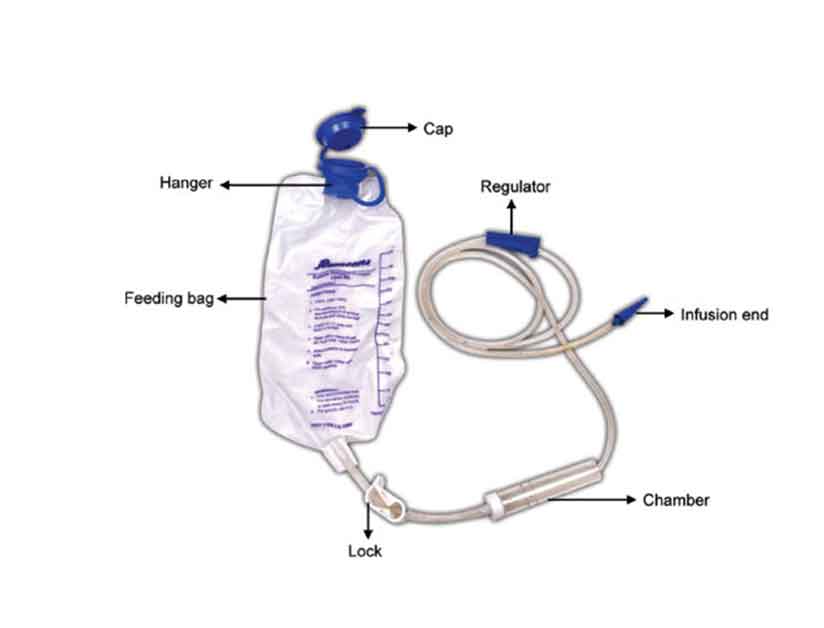Urine bag (urinary drainage bag) is a medical-grade PVC bag attached to a urinary catheter used to collect and store urine temporarily after draining the urine through the catheter.
It is used to treat people with health challenges that affect the urine flow, such as urinary incontinence, urinary retention, surgery that requires the catheter.
In a urine bag, a connector secures it to the urinary catheter while the flexible, kink-resistant drainage tube ensures the urine bag is well placed. There are mounting slots that are strengthened to help secure the bag vertically.
Urine bags come in different drain valve models such as pull-push, cross valve and screw valve. This will ensure they can empty the urine bag in various situations. Another non-return valve ensures no backflow of urine or risk of any ascending infection.
They manufacture urinary drainage bags using transparent materials to help with observation and monitoring.
We have a pediatric urine bag that can collect urine from infants. This type of drainage bag has adhesive fixing ring made from foam-based material. The material provides secure positioning and prevents leakage.
The tube length of the drainage bag is 90 or 120 cm. It can also come in different volume ranging from 100ml, 200ml, 500ml, 750ml, 1000ml. 1500ml and 2000ml.
The front of the bag, which is transparent, has a graduated scale to read the volume of the urine.
Urine bag can be sterile (ethylene oxide) or not sterile. The shelf-life is 5 years. A good urine bag should be latex-free, exhibit no irritation or infection.
There are different urinary drainage bags, such as
- Hanging (large bag that can store large urine volume used for immobile bedridden patients, and also while sleeping)
- Leg-Mounted (smaller bag that can keep small volume and allows day-to-day movement)
- Stomach drainage bag or “belly bag”
One common health issue that can result from using a urine bag is urinary tract infection. To avoid this, clean the urine bag every week, and change it at least twice in a month.
How to Empty the Urine Bag
- Wash your hands properly
- Make sure the bag is below the hip or bladder as it empties.
- Place the bag over the toilet or any container where you can empty it.
- Open the spout at the bottom of the bag to empty the urine. Do not allow the spout to touch the toilet or container.
- Clean the spout again with rubbing alcohol, and a cotton or gauze.
- Close the spout, and make sure it does not touch the ground.
- Clean your hands properly again.
- Always empty the urinary drainage bag when it is half filled.
READ ALSO: Differences between IV Giving Set and Blood Giving Set
Steps to Change the Urine Bag
- Wash your hands properly
- Disconnect the valve at the end of the tube near the bag. Make sure you do not pull too hard.
- Use alcohol and cotton or gauze to clean the end of the tube. Also, clean the opening of the bag with the same if it is not a fresh bag.
- Attach the tube to the bag tightly.
Features of Urine Bag (Urinary Drainage Bag)
- Connector
- Tubing
- Mounting slots
- Markings (to calculate urine output)
- Cap
- Anti-reflux valve

How often do I change the Urine Bag?
You should change the drainage bag twice a month. It is also necessary to change it whenever the urinary catheter is changed. Also, if you notice a buildup of dirt or contamination, leakage in the bag, and when the content of the urine bag cannot be seen clearly because of discoloration, endeavour to change it.
How do I clean my Urine Bag?
Wash your hands properly and disconnect the tube from the bag. Clean the used bag with a solution of 2 parts vinegar and 3 parts water. Alternatively, use one teaspoon of chlorine bleach mixed with half a water cup. Allow the solution to soak inside the bag for at least 20 minutes, then dry the bag.












